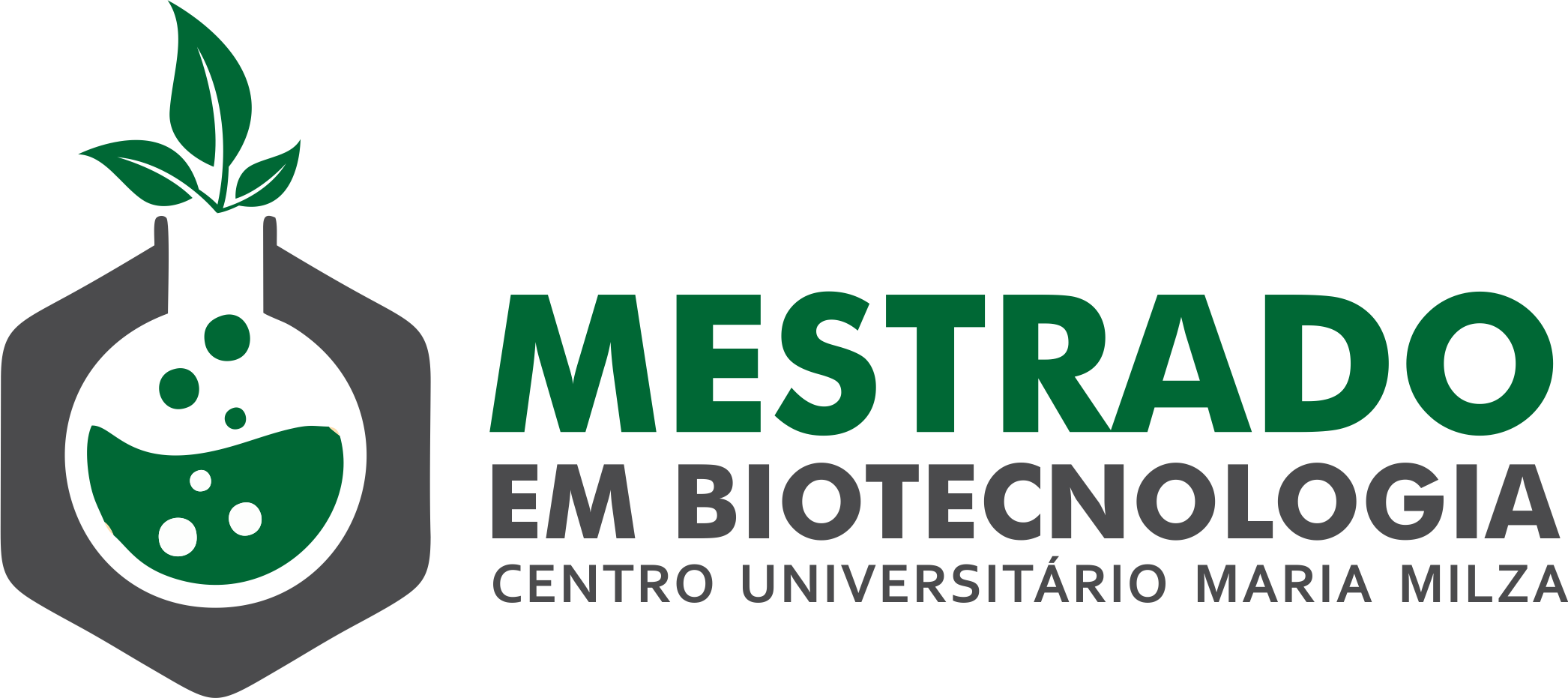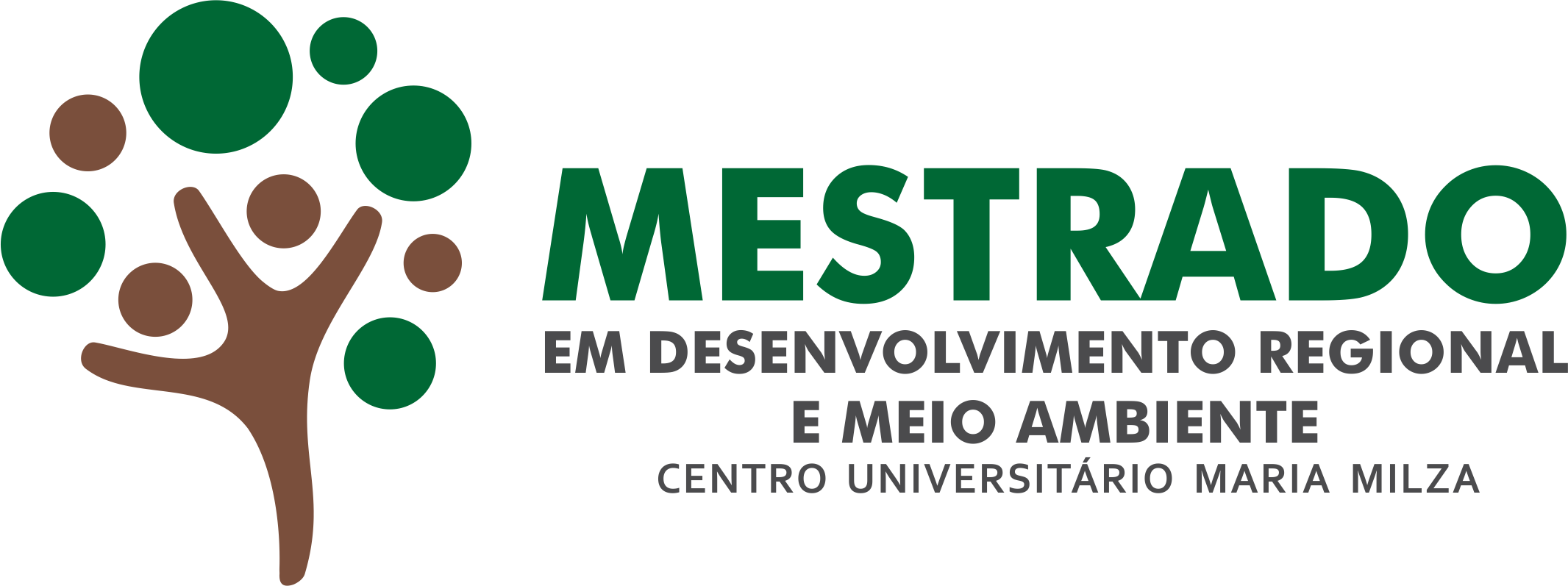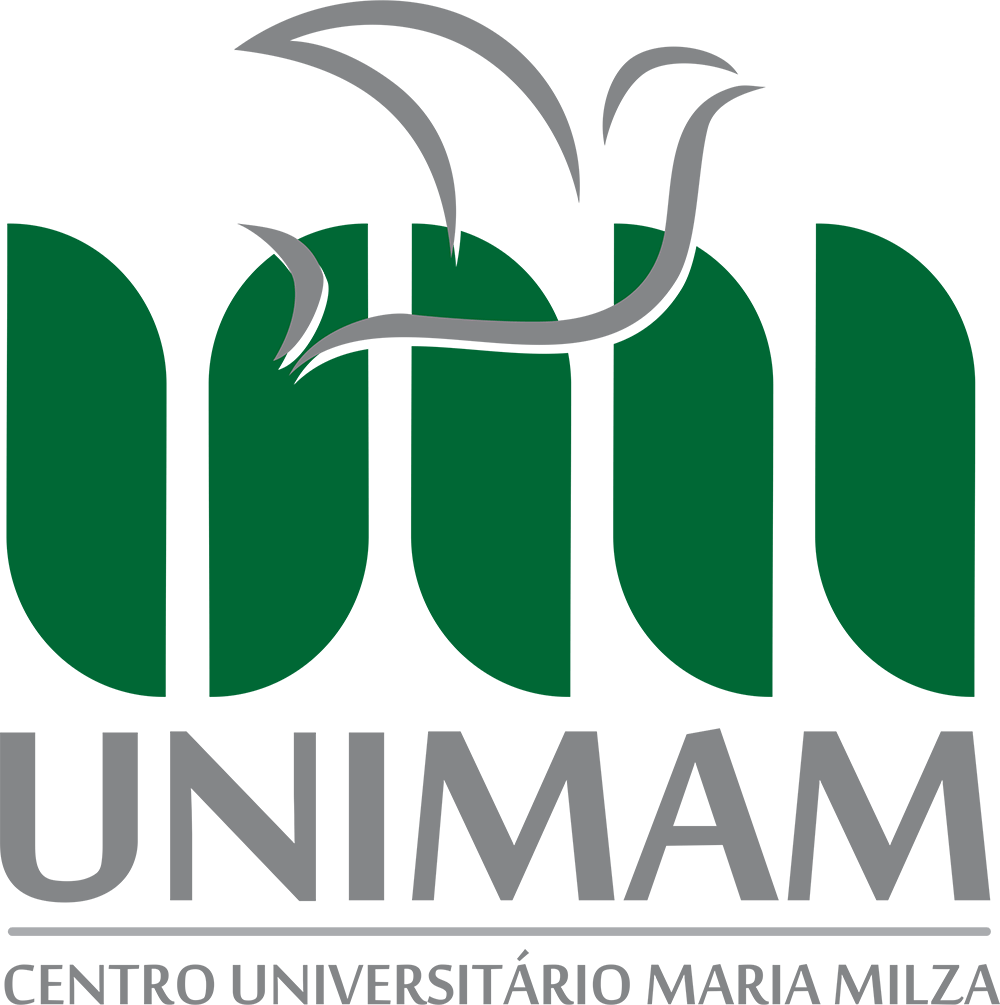Biotechnological activity of Spondias purpurea L.: Screening for antimicrobial activity and toxicity
DOI :
https://doi.org/10.22479/texturav14n2p1-13Mots-clés :
antifungal activity, medicinal potential, brazilian plants, toxicityRésumé
In Brazil, Spondias purpurea L. is commonly used in the system of medicine for treatment of gastric problems, diabetes, high cholesterol and high blood pressure. This study evaluated S. purpurea for its antimicrobial and cytotoxic activities. The ethanol crude extract (CE) from the leaves of S. purpurea and its four fractions (FA, FB, FC and FC) were assayed for antifungal activities and bactericidal activities using minimal inhibitory concentration (MIC). The yeast Saccharomyces cerevisiae mutant related oxidative stress (cttΔ, ctaΔ, sod1Δ, sod2Δ) was treated with CE. The lethality and toxicity, Artemia salina and Allium cepa were used. The results showed that the fungal strains tested were susceptible to at least one of the fractions tested. However, CE and FA were the best antifungal fractions. The bacteria showed no sensitivity against the crude extract and fractions. The mutants sod1Δ, sod2Δ and cttΔ showed sensitivity when submitted to the CE. The CE and fractions indicated moderate toxicity against A. salina and A. cepa. These results indicated the use of S. purpurea to treat fungal infections caused by Candida and possible antitumor activity; however, in vivo studies should be performed in order to assess its exploitation as therapeutic agent toxicity.
Téléchargements
Téléchargements
Publié-e
Comment citer
Numéro
Rubrique
Licence
Os autores concedem direitos autorais sobre manuscrito aprovado com exclusividade de publicação para Revista Textura em formato eletrônico, incluindo imagens e conteúdo para divulgação do artigo, inclusive nas redes sociais da Revista Textura.











